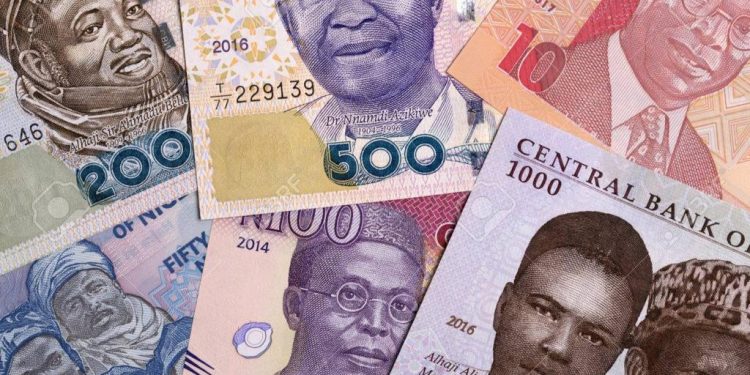The International Monetary Fund says the long-term rate of the depreciation of the naira equates to a loss of 10.6 per cent of its value annually since 1973. According to the IMF, this rate is 1.5 times higher than the long-term rate of the currencies of other emerging market and developing economies at 7.2 per cent, and Sub-Saharan Africa at seven per cent over the same time period.
The Washington-based lender disclosed this in its ‘Nigeria: Selected Issues Paper’ report. According to the report, this is one of the reasons why Nigeria’s inflation rate is higher than that of its peers.
The report read in part, “Nigeria’s long term average rate of CPI inflation (1971-2020) was 16 per cent, which is higher than both SSA (13 per cent) and EMDE (13.6 per cent) averages. “Compared to SSA (7.2 per cent) and EMDE (6.2 per cent) median, the difference is more pronounced. Two possible explanations come to one’s mind upon data investigation.
First, Nigeria’s broad money (M3) growth has been persistently high — with its 50-year average registering 21.2 per cent. This is 1.5 and 1.3 times more than EMDE (18.5 per cent) and SSA (16.7 per cent) averages respectively.


















